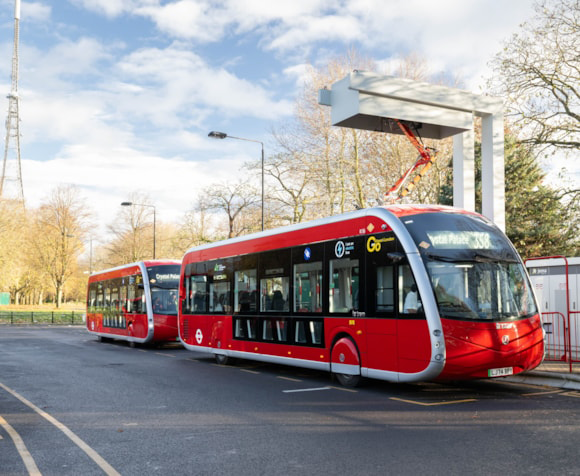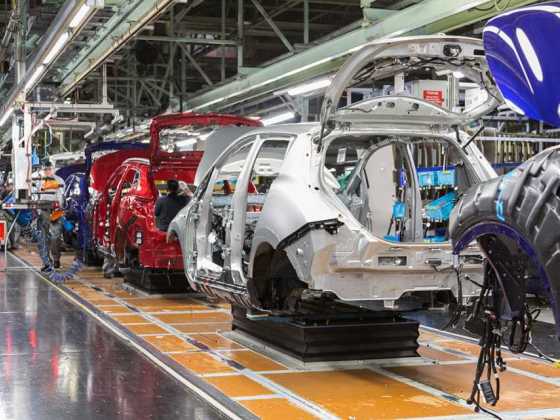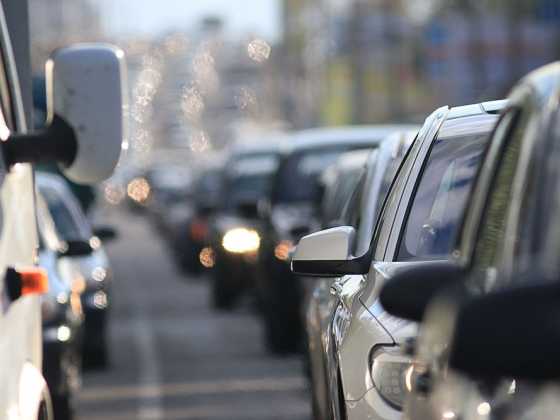Transport for London’s emissions reduction targets validated

Transport for London’s (TfL) commitments on climate action have been recognised with the gold standard from the Science Based Targets initiative (SBTi).
SBTi validated TfL’s near and long-term emission reduction targets, and net-zero target in line with limiting global warming to 1.5 degrees above pre-industrial levels, meeting the goals of the Paris Agreement.
SBTi is a UK based climate-action organisation that provides validated standards, tools and guidance to help companies and organisations to reduce their carbon emissions in line with what is needed to keep global warming below 1.5 degrees and reach net-zero by 2050, at the latest.
The validated targets include TfL’s commitment to reduce emissions from its direct and indirect emission sources (Scopes 1 and 2) by 90 per cent by 2030. Examples include transitioning TfL diesel and petrol vehicles to zero emission technology and increasing the proportion of electricity acquired from renewable sources.
It also includes a commitment to reducing third party emission sources (Scope 3) such as carbon emissions from TfL’s contracted services, construction projects and supply chain by 45 per cent by 2030.
In the longer term, TfL commits to maintaining a 90 per cent reduction in Scope 1 and 2 emissions sources from 2030 through 2040 and a 90 per cent reduction in absolute Scope 3 emissions by 2040.
As part of wider work to make London a more sustainable city, TfL is transitioning its support vehicles and buses to zero emission technology. More than 1,900 buses of London’s 9,000 buses are now zero emission. TfL's investment in zero-emission buses is supporting around 3,000 jobs across the UK, in locations such as Ballymena, Falkirk, and Yorkshire. By creating capacity and certainty for a wider zero emission bus market, this investment is paving the way for green national economic growth.
To improve energy efficiency and identify opportunities to generate renewable energy across its estate, TfL is working to remove fossil fuels across its buildings, installing green heating and energy efficiency measures in head offices and depots.
Across London, TfL is also converting lighting within stations, bus shelters and on trains to LED lighting, which uses up to 60 per cent less energy than traditional lighting while providing around 10 per cent brighter light. Currently, more than a third of Tube stations across London have been converted to LED lighting, and TfL expects to have all bus shelters, including those used in advertising panels, converted to LED lighting in 2025.



